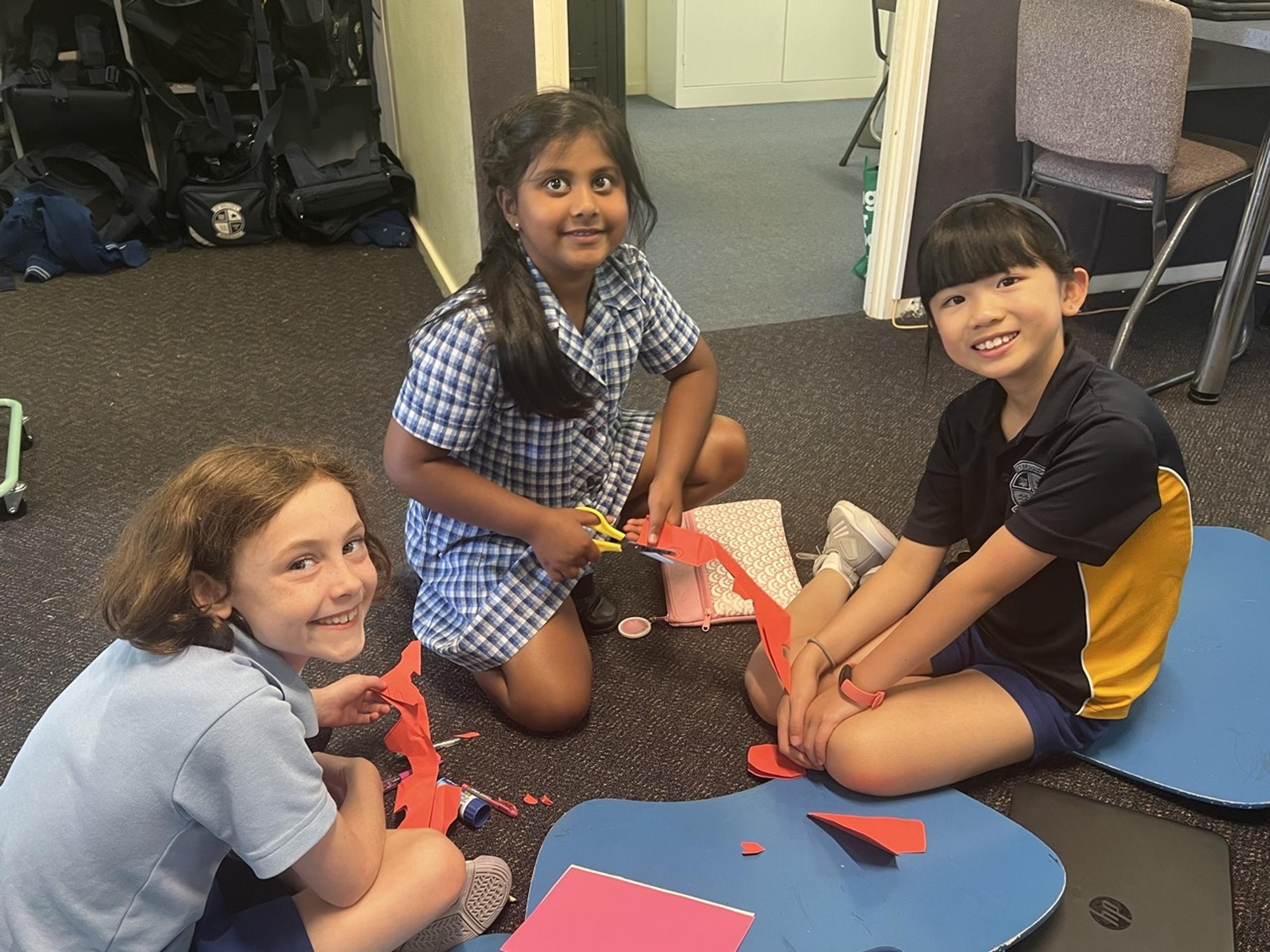Curriculum News

English
Reading and Viewing
This term we will continue with our weekly reading focus. In reading groups, the students will use Fountas and Pinnell leveled texts to work on comprehension strategies about, within and beyond the text.
Writing
This term students will focus on writing to inform and writing to explain. They will create annotated diagrams in support of the literacy component of our science unit. For each text type we will look at the different structures and language features specific to text type.
Speaking and Listening
The students will be given opportunities to listen and contribute to conversations and discussions to share information and ideas. In collaborative groups students will also plan and deliver short presentations on given topics. Students will be required to be active listeners and respectful speakers when working in small groups.
Mathematics
Number and Algebra
This term we will be focussing on multiplication and division. We will develop efficient mental and written strategies and use appropriate digital technologies for multiplication and division where there is no remainder.
We will revise and extend our understanding of fractions and decimals. We will be partitioning areas, lengths and collections to create halves, thirds, quarters and fifths. We will also explore the relationship between families of fractions (halves, quarters and eighths or thirds and sixths), creating equivalence. Students will also explore the relationship between fractions and decimals. Connecting different areas of Mathematics, students will discover that when a shape has two matching halves it is called symmetrical, they will then collect symmetrical shapes in nature (related to topic).
Measurement and Geometry
This term students will continue work on length using perimeter.
The unit ‘Two Dimensional Shapes - Lines and Angles’ will first focus on identifying and understanding the geometric language of lines and angles that are essential when describing the properties of shapes. Students will create two-dimensional shapes from verbal or written instructions They will then compare and describe two dimensional shapes that result from combining and splitting common shapes.
In support of our Inquiry unit we will also look at measuring temperature.
Inquiry-Chemical Science
Water to Ice to Water
In this unit the students will be learning about the three states of matter - solid, liquid and gas and how these can change with heating and cooling. The students will investigate how liquids and solids respond to changes in temperature, for example water changing to ice, or melting chocolate and how these changes in matter can be reversible or irreversible. They exploring how changes from solid to liquid and liquid to solid can help us recycle materials
We are Living in a Material World
In this unit the children will investigate natural and manmade (processed) materials in our world. They will learn that natural and processed materials have a range of physical properties. Students will describe a range of common materials, such as metals or plastics, and their specific use based on their properties
